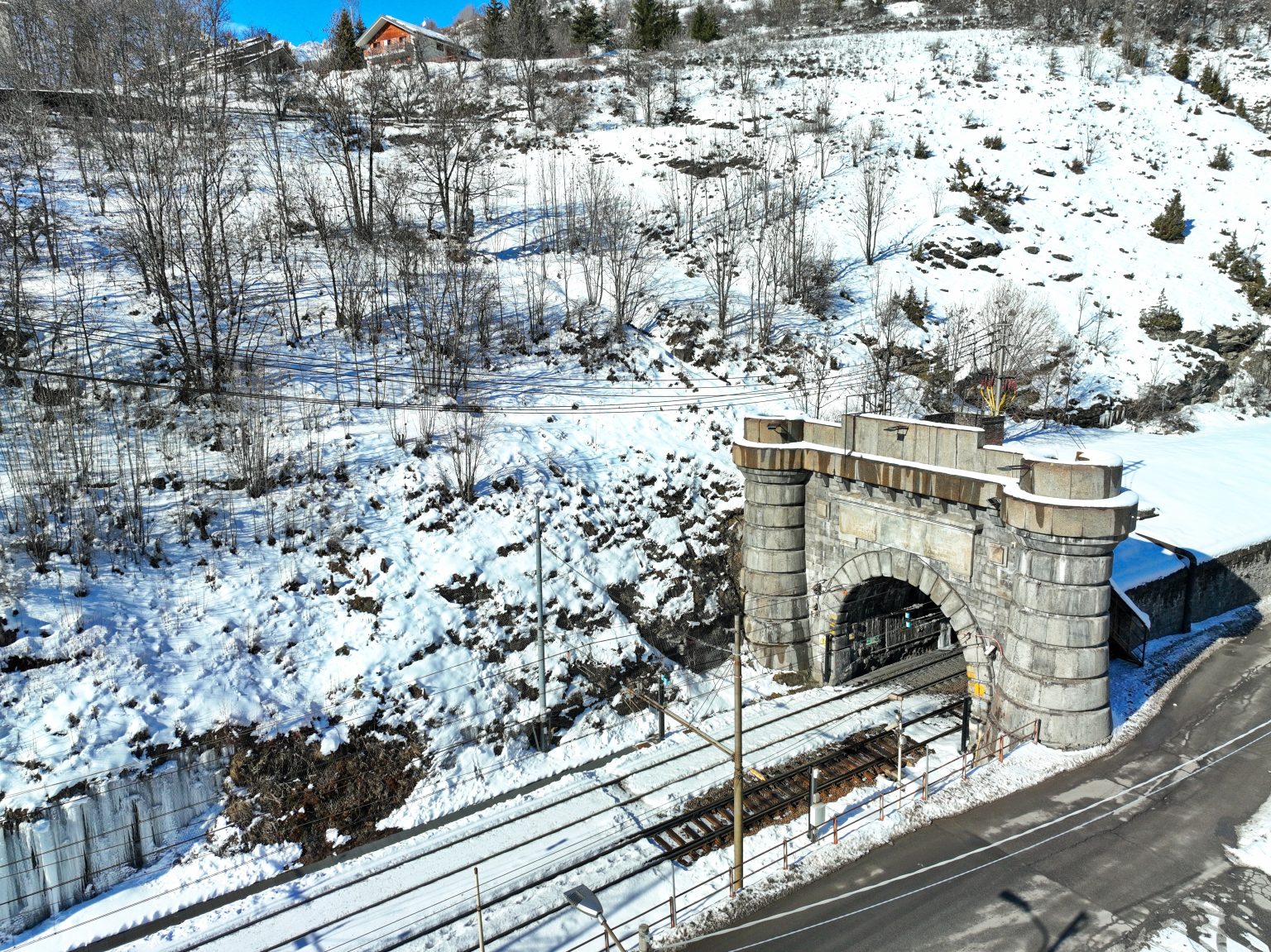Italy’s railways offer a unique journey into the country’s deep-rooted commitment to sustainability—a dedication that stretches back more than a century. While sustainability might seem like a modern concept, Italy’s rail networks have long been pioneers in eco-friendly transport, transforming travel with innovation well ahead of their time.
The story of Italian sustainable rail travel began as early as 1857 with the groundbreaking construction of the Frejus alpine tunnel. This monumental engineering feat not only marked a major milestone in the history of Piedmont and Italy, but it also connected Italy and France, setting the stage for a cross-border rail network that would inspire sustainable travel for generations. Electrification followed, with the Turin-Bardonecchia line becoming a symbol of future-oriented infrastructure that enabled seamless, greener travel across regions.
Today, picturesque Bardonecchia nestles in the Alps as a top destination easily accessible by Italy’s advanced rail network. But it’s the remarkable efforts of the past that make this effortless connection possible. True Italian Experience celebrates this historical legacy by inviting travellers to explore the Italian Alps via a rail system that embodies the marriage of modern convenience with heritage. This connection across time enriches the journey, adding layers of history and sustainability to every mile.
Italy’s Pioneering Electrification: A Look Back
Italy’s electrification journey began in 1901 with the Milan-Varese line, a development that would eventually transform the nation’s railways. By the time World War II ended, Italy had already established 4,000 km of electrified rail lines, ranking it as a leader in Europe and placing it second only to the United States. This momentum continued, and by 1953 Italy’s network had expanded to over 5,800 km of electrified lines, reinforcing the country’s leadership in sustainable rail travel.
The investment in electrification brought dramatic improvements, reducing CO2 emissions and raising the efficiency and competitiveness of Italy’s railways. This strategy proved vital for Italy’s post-war economic revival and environmental stewardship, cementing Gruppo FS (Italy’s national railway group) as a key player in Europe’s sustainable mobility sector.
Today, this True Italian Experience of travelling sustainably through Italy’s scenic landscapes stands as a testament to the country’s vision for a greener future. From the historical archives of Gruppo FS to the rails that connect Italy’s cities and alpine peaks, Italy’s railways are a living example of how the past fuels the future of sustainable travel.

